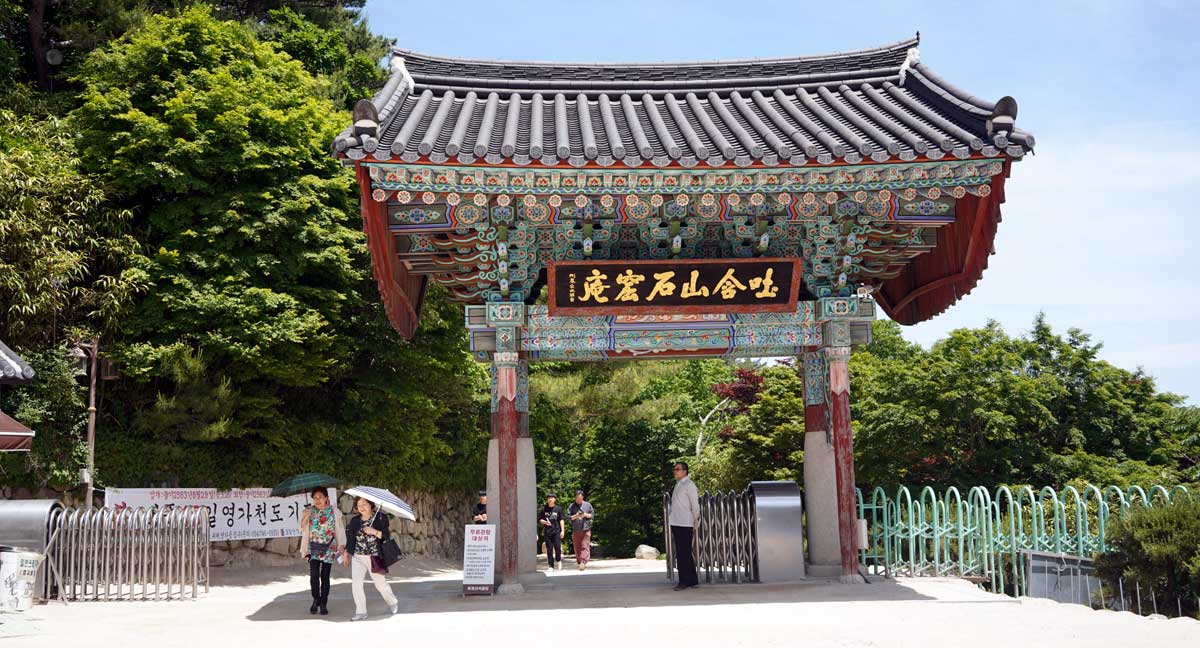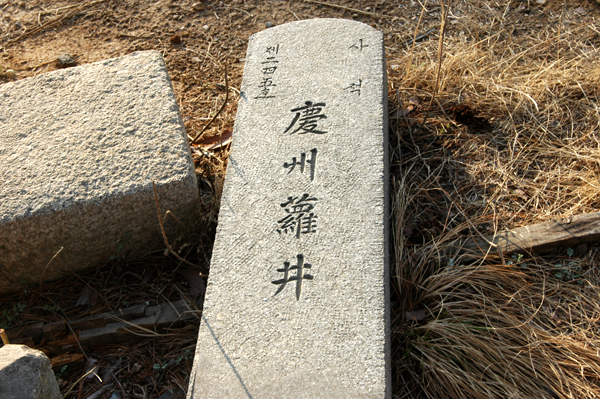Gyeongju Nodong-ri and Noseori Ancient Tombs
Located about a 10-minute walk from Gyeongju Intercity Bus Terminal, Gyungju Nodong-ri and Noseori Ancient Tombs are spread east-west around Bonghwang-ro right in front of the back gate of Daereungwon, along with houses of Gyeongju residents.
Ancient Tombs in Nodong-ri, Gyeongju
Gyeongju Nodong-ri and Noseori Ancient Tombs
In 2011, the Rodong-ri Tomb, which was re-designated as Historic Site No. 512 “The area of Gyeongju Daereungwon,” has been excavated for the second “Geumryeongchong” and “Sinrichong,” which are relatively small among the three, but there is a tomb called “Bonghwangdae,” which is the largest yet to be excavated. With a height of 22m and a circumference of 250m, the tomb is known as the largest single tomb of Silla.
The Geumryeongchong Tomb, named after the excavation of the gold crown and Geumryeong, has many artifacts, including the 27cm-tall gold crown that shows the essence of the Silla Dynasty, and the national treasure No. 91, the statue of a mounted figure. Sinrichong was named after the discovery of colorful gilt-bronze shoes.
This tomb is a typical stone mound mound tomb built in the 4th to 6th centuries, with a wooden frame of 5.3m east to west, 3.3m north to south, and 1.2m high, and a stream stone is piled on it and covered with soil. As burial items, many containers such as gilt-bronze shoes, various ornaments, earthenware, metalware, and ironware, as well as harnesses and weapons, were excavated.
Ancient Tombs in Noseori, Gyeongju
Many artifacts have been excavated from five tombs in the Noseo-ri Tombs, which are concentrated on flat land in Noseo-dong. Representative tombs include “Geumgwanchong,” which was named after the first gold crown was excavated in 1921, and “Seobongchong,” which was named when the crown was excavated by the Swedish prince in 1926.
Seobongchong, Ancient Tombs in Noseori, Gyeongju(서봉총,瑞鳳塚)
Huuchong 호우총 壺棹塚
First excavated by a Korean archaeologist in 1946, a bronze box with a lid, believed to have been used as a ritual object for King Gwanggaeto of Goguryeo, was named “Huuchong” by inscription on the bottom of the bowl. It is not known how Goguryeo relics flowed to Gyeongju, but it is a valuable relic that supports the friendly relations between Goguryeo and Silla at that time.
Machong 마총 馬塚
Ssangsangchong 쌍상총 雙床塚
When Japanese scholar Umehara Sue Haru re-examined what had been stolen in the past, there is a “Machong” named after the discovery of “horse bones” and “horse harness” from the ancient tomb.
And it seems that the ancient story will appear in front of us while traveling in time through “Ssangsangchong,” which is named after the discovery of two stone beds.

You can see several flat tombs where the tomb disappeared, but it is said that in an era when there was still little awareness of cultural heritage, the tomb’s tomb was used as a building material to become a flat tomb. There are benches everywhere in the ancient tomb park, which is also used as a place for residents to rest or take a walk.
| Name | Gyeongju Nodong-ri and Noseori Ancient Tombs 경주노동리・ 노서리고분군 慶州路東里・路西里古墳群 |
| Address | 104 Noseo-dong, Gyeongju, Gyeongsangbuk-do 경상북도 경주시 노서동 104 |
| Admission Fees | Free |
| 指定 | Historic Site No. 512 in Daereungwon, Gyeongju |
| How to go | It takes about 10 minutes on foot from Gyeongju Intercity Bus Terminal |






















1 comment